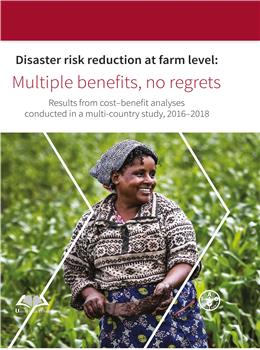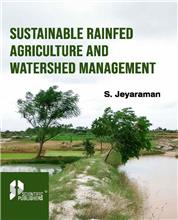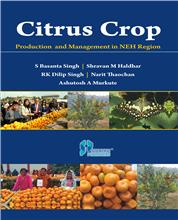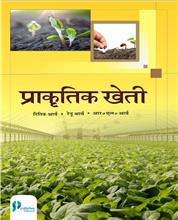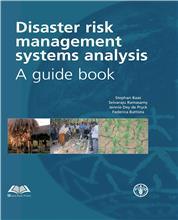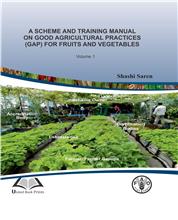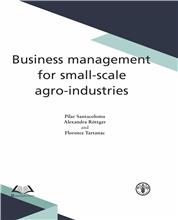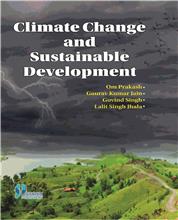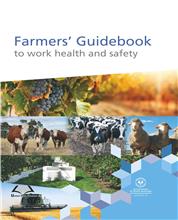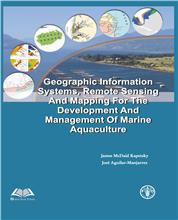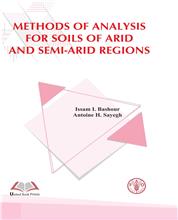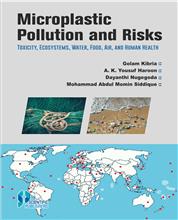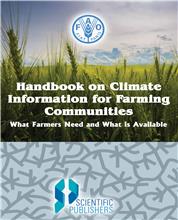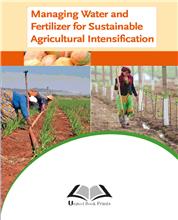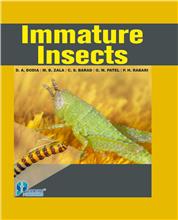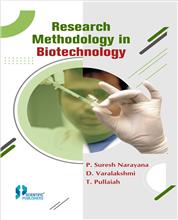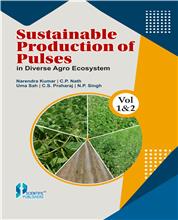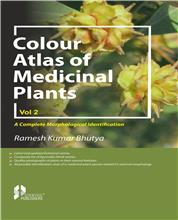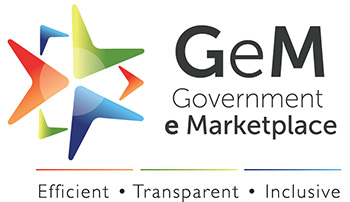Introduction 1
Study rationale and innovation . .
. . . . .
. . .
. . .
. . . .2
This study in the context of the international
development agenda . . 3
Structure of the study . .
. . . . .
. . .
. . .
. . .
. . .
. . .
. . .4
Cost–benefit analyses of DRR
interventions:
Insights from the literature 5
Cost–benefit methods used to assess DRR
interventions . . .
. . .
. . 6
Common trends and lessons learned . .
. . . . .
. . .
. . .
. . . .7
Conclusions from the literature review . . . .
. . . . . . . . . . . . . . . . 9
How this study breaks new ground . . . . .
. . . . . . . . . . . 10
Methodology and approach . . . . . . . . . . .
. . . . . . . . . . . . . . . 11
Targeted data gaps . .
. . . . .
. . .
. . .
. . .
. . .
. . . 13
Research design . .
. . .
. . .
. . .
. . .
. . .
. . .
. . 15
Data collection . . . . . . . . . . . . . . .
. . . . . . . . . . . . . . . . . . . 17
Data analysis . .
. . .
. . .
. . .
. . .
. . .
. . .
. . . . 21
Benefits of DRR good practices at farm
level:
Evidence from developing countries . .
. . . . .
. . . . .
. . . 26
Overview of analysed practices . . . . . . . .
. . . . . . . . . . . . . . . . 27
Hazard contexts . .
. . .
. . .
. . .
. . .
. . .
. . .
. . .
. . .
. . .
. . .
. . 31
Quantifying the benefits of DRR good practices
–
a spectrum of results . . . . . . . . . . . .
. . . . . . . . . . . . . . . . . . 33
▷ CASE STUDY 1.
Use of improved maize varieties in Uganda
. .
. . . . .
. . .
. . . 33
▷ CASE STUDY 2.
Goat raising in controlled areas and with vaccination
in
the Lao People’s Democratic Republic . .
. . . . .
. . .
. . .
. . . . 39
DRR good practice performance in different
hazard contexts . . . . . 40
DRR good practice performance by similar types
of practices . . . . . 42
▷ CASE STUDY 3.
Cattle raising in silvopastoral systems in the
Plurinational
State of Bolivia . . . . . . . . . . . . . . .
. . . . . . . . . . . . . . . . 44
CASE STUDY 4.
Tomato and sweet pepper cultivation with
rooftop rainwater
harvesting and gravity drip irrigation in
Jamaica . . .
. . .
. . . . 47
▷ CASE STUDY 5.
Pea cultivation with live barriers,
conservation agriculture
and agroforestry in Haiti . . . . . . . . . .
. . . . . . . . . . . . . . . 54
Socio-economic and environmental co-benefits .
. . . . . . . . . . . . 58
Challenges and opportunities for upscaling
DRR good practices . 61
Upscaling simulation methodology . . . . . . .
. . . . . . . . . . . . . . 65
Simulation: Potential benefits of upscaling
multi-stress tolerant
Green Super Rice varieties in Bicol Region,
the Philippines . . . 70
Simulation: Potential benefits of upscaling
camelid shelters
and veterinary pharmacies to cope with extreme
weather
and climate events in the Oruro Department of
Bolivia
(Plurinational State of) . . . . . . . . . . .
. . . . . . . . . . . . . . . 73
Simulation: Potential benefits of upscaling
good practices for
banana cultivation against dry spell/drought
in the
Central Region of Uganda . .
. . . . . 76
Opportunities for upscaling good practices
. .
. . . . .
. . 79
Challenges and potential barriers to upscaling
and uptake . . .
. . . . 80
Conclusion:
Implications of this study for policy and
practice . . .
. . .
. 83
The way forward . 87
Zero Hunger depends on resilient agriculture .
. . . . . . . . . . . . . . 89
Annexes 91
Annex I: Literature review . .
. . . . .
. . .
. . .
. . .
. . .
. . . 92
Annex II: Cost benefit analysis indicators . .
. . . . . . . . . . . . . . . . 99
Annex III: Hazard context . . . . . . . . . .
. . . . . . . . . . . . . . . . . 100
Annex IV: Glossary . .
. . . . .
. . .
. . .
. . .
. . .
. . .
. . 134
Bibliography .
. . .
. . .
. . .
. . .
. . .
. . .
. . .
. . . . . 136
